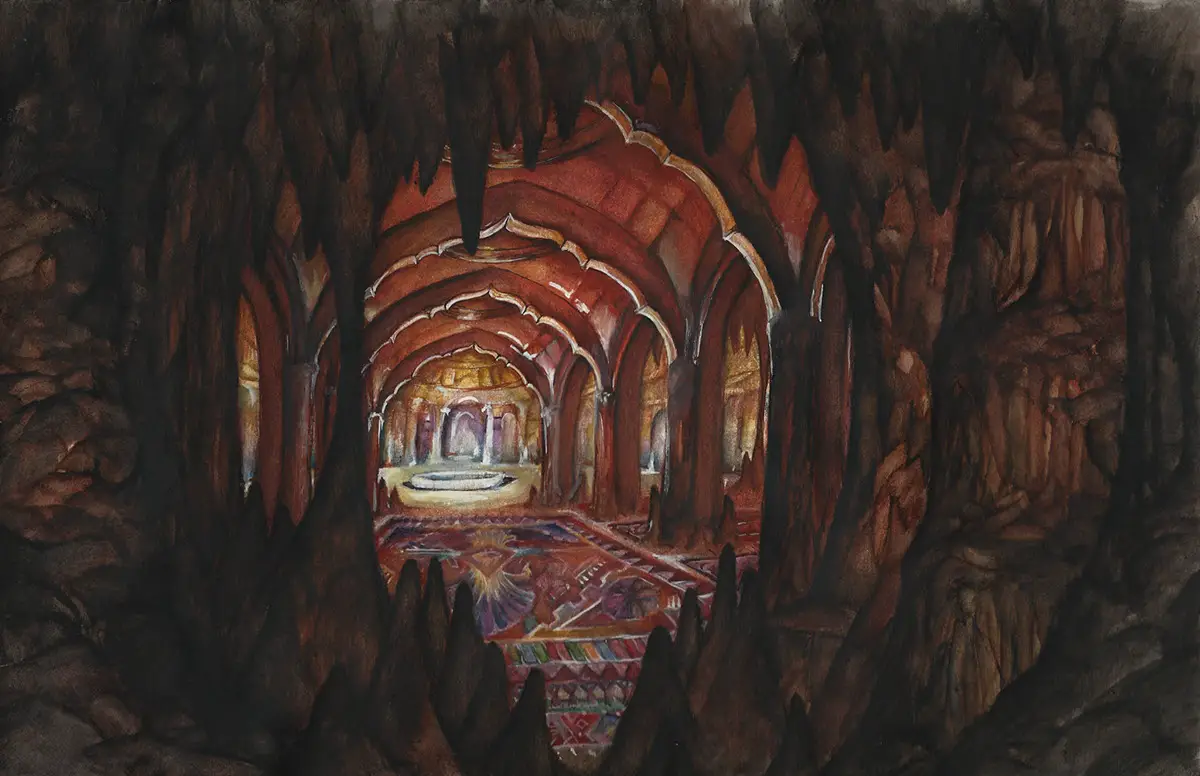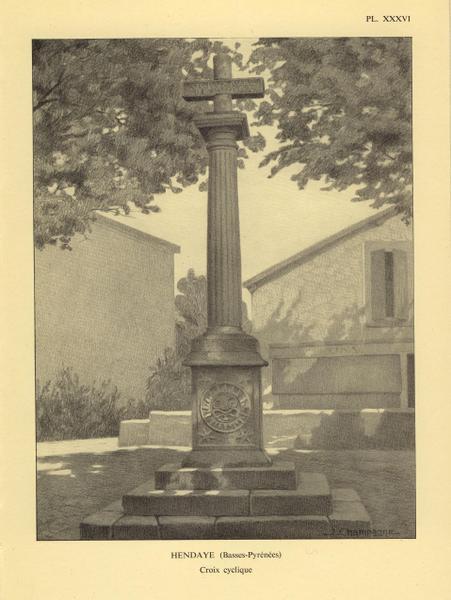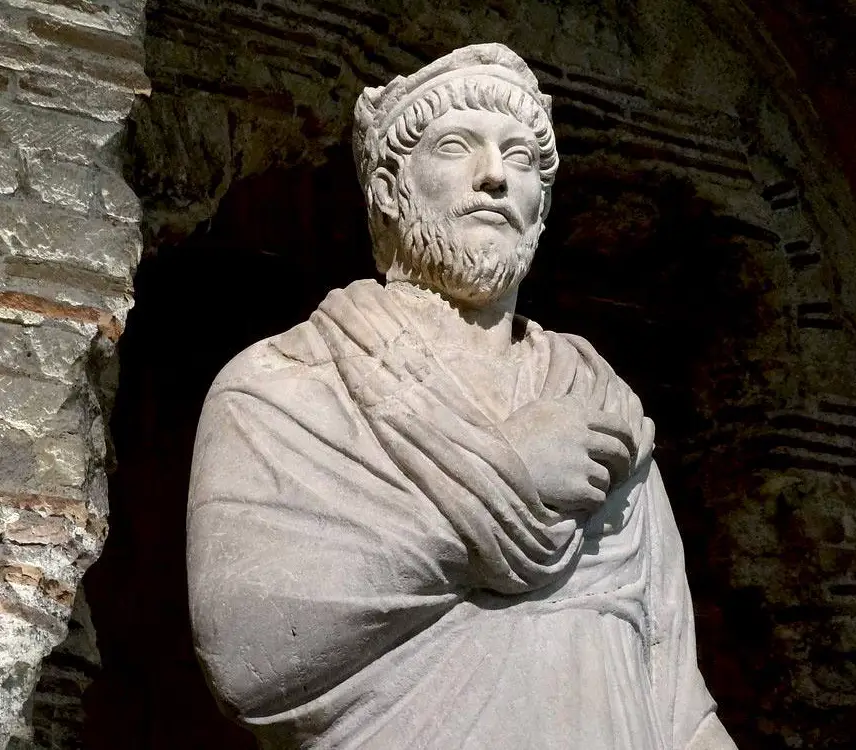Tag: Sun
Hendaye's Cyclical Cross: a coded calendar?
The so-called "Cyclical Cross" is an enigmatic monument located in the Basque town of Hendaye, in the French Pyrenees Atlantiques. Its esoteric symbolism was analyzed in the XNUMXs by Fulcanelli, the "last of the Alchemists", who saw in the Latin inscription on the arms of the cross and in the bas-reliefs on its pedestal the revelation of the Four Ages of humanity and the prophecy of the cataclysm next future that will come to put an end to the deadly Iron Age.
The solar monotheism of the Emperor Flavius Claudius Julian
The swan song of Mediterranean "paganism" and ancient sacred thought in the last attempt of the last emperor of Rome, who paid his personal resistance by being branded as "Apostate"
The symbolism of the Spiral: the Milky Way, the shell, the "rebirth"
di Marco Maculotti
Having analyzed in recent months [cf. Cosmic-agrarian cults of ancient Eurasia] a series of rites, myths and deities connected to the theme of cosmic rebirth, we want in this appointment and in the next ones to focus our attention on some symbols, which we have already mentioned, which archaic man recognized as images capable of eschatologically raising him towards the understanding of this mystery.
The archaic substratum of the end of year celebrations: the traditional significance of the 12 days between Christmas and the Epiphany
di Marco Maculotti
article originally published on Atrium on 21/12/2016,
here revised and expanded
Here we aim to deepen the folkloric beliefs that have led to the configuration of two figures intimately connected to the liturgical-profane calendar of Europe in recent centuries. The two figures that interest us are those of Santa Claus (Italianized in Santa Claus) and of the Befana, figures that - as we will see - owe their origin and their symbolism to an archaic substratum, anthropologically recognizable in all those practices and beliefs (myths and rites) of the volk European (or rather eurasian), which elsewhere we have defined as "cosmic-agrarian cults" [cf. Cosmic-agrarian cults of ancient Eurasia].
Enigmas of the Mediterranean: the Guanches, the 'Peoples of the Sea' and Atlantis
An attempt at classification (cultural, anthropological and genetic) of the mysterious population of the Guanches, ancient inhabitants of the Canaries, and a look at the Hellenic myths concerning the "Fortunate Islands" and the 'mythical' war against Atlantis
The mysterious Natchez Indians, Children of the Sun
Among the myriad of populations that once inhabited the vast prairies of North America, the Natchez of the Southern Mississippi Valley. In fact, although belonging to the confederation of Cree tribes of the Muskogee language, they spoke a peculiar dialect and very distinct from that of the other populations of the South-East, called Natchesan. From the few sources that history has handed down to us it seems that their culture, of a sedentary type, was born around 700 AD and that it was strongly influenced by the great Mesoamerican civilizations, especially as regards the cult of the Sun — and of the deified ruler as his son—And the voluntary practice of immolation as a practice worthy of the highest honor.







